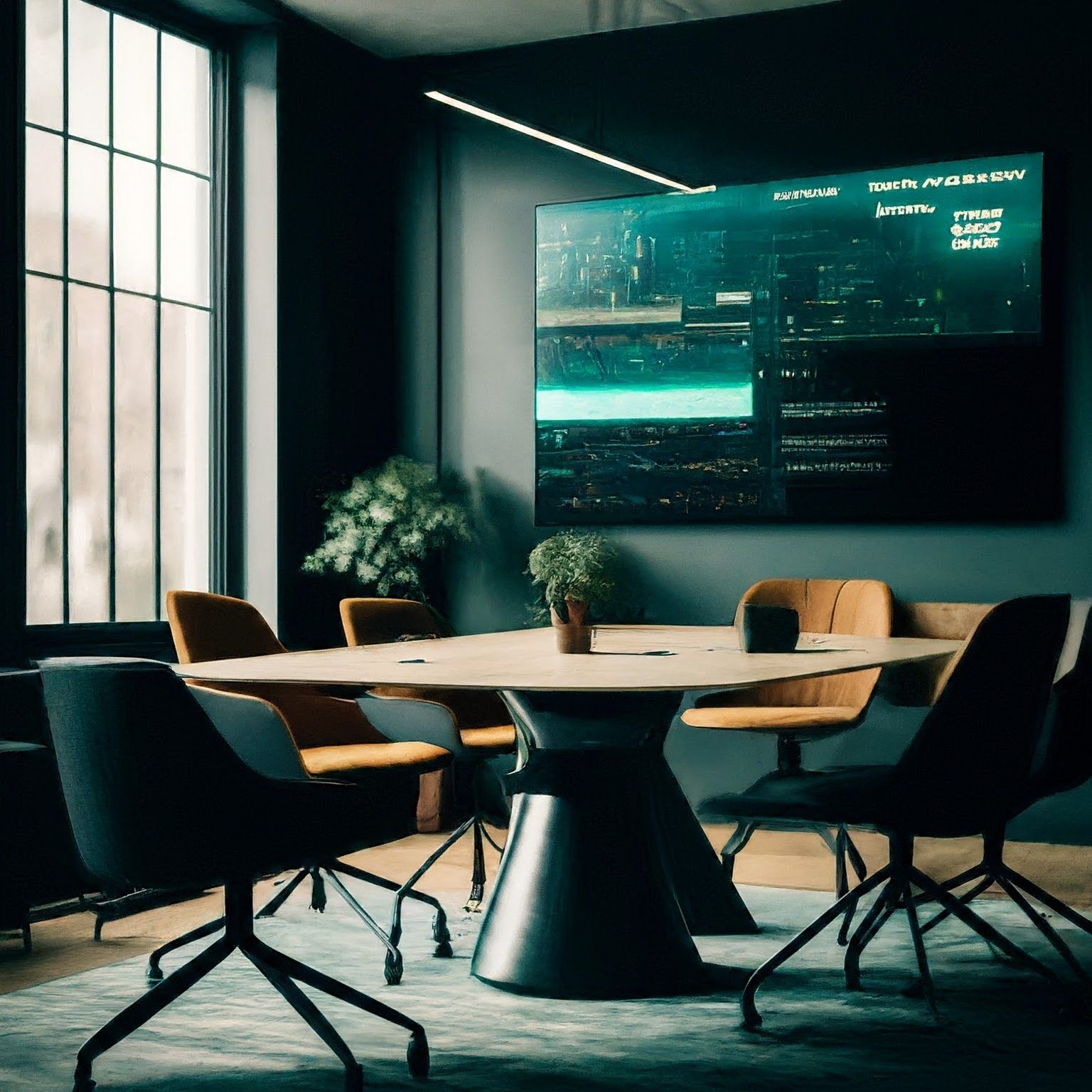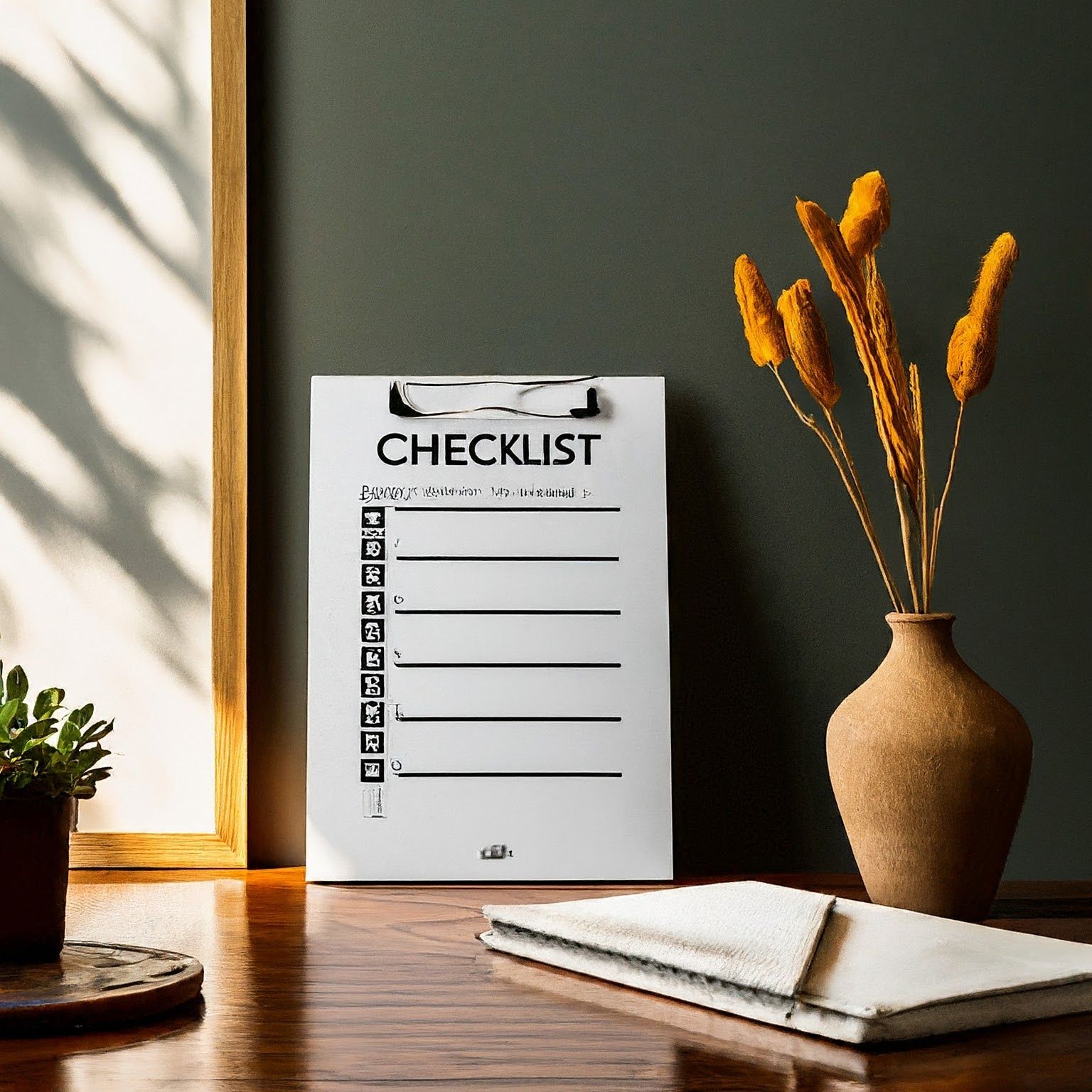
How to Choose the Perfect Meeting Room for Your Needs
Meetings are the cornerstones of collaboration and productivity, but finding the perfect meeting room can be a challenge. With so many options available, it's easy to get overwhelmed. Fear not! This guide provides a checklist of essential features and amenities to help you choose the ideal space for your next gathering. Understanding Your Needs: Before embarking on your search, take a step back and consider the following: Number of attendees: How many people will be attending the meeting? This will determine the minimum size of the room you need. Meeting purpose: What is the goal of the meeting? Is it a brainstorming session, presentation, or formal client meeting? The purpose will influence the type of layout and technology required. Duration of the meeting: How long will the meeting last? Make sure the room is comfortable enough for participants to stay engaged throughout the duration. Budget: Set a realistic budget for room rental and any additional amenities you might need. Essential Features and Amenities Checklist: Once you have a clear understanding of your needs, use this checklist to evaluate potential meeting rooms: Basic features: Size: Adequate space for all attendees to comfortably sit, move around, and participate. Seating: Comfortable and ergonomic chairs with sufficient table space for materials or equipment. Lighting: Adjustable lighting to accommodate different activities and presentations. Ventilation and temperature control: Comfortable temperature and fresh air circulation to maintain focus and energy levels. Accessibility: Easy access for all attendees, including those with disabilities. Technology and equipment: Wi-Fi: High-speed internet access for online collaboration and seamless presentations. Projector and screen: Clear and bright display for presentations, videos, and visuals. Whiteboard or flip chart: Tools for brainstorming, capturing ideas, and facilitating discussions. Audio-visual equipment: Microphone and speakers for clear communication, especially for larger groups or remote participants. Power outlets: Adequate access to power outlets for laptops and other devices. Additional amenities: Catering services: Options for coffee, tea, snacks, or even full meals, depending on the meeting duration and time of day. Breakout spaces: Separate areas for smaller group discussions or private conversations. Natural light: Access to natural light can enhance mood and promote creativity. Parking: Ample and convenient parking for attendees. By carefully considering your needs and comparing potential meeting rooms against this checklist, you can confidently choose the perfect space that fosters collaboration, inspires creativity, and ensures a successful meeting. Bonus Tip: Utilize online platforms like Let MeetBeez.com guide you to the perfect space for your next gathering and focus on what truly matters: achieving your goals and facilitating meaningful connections.







